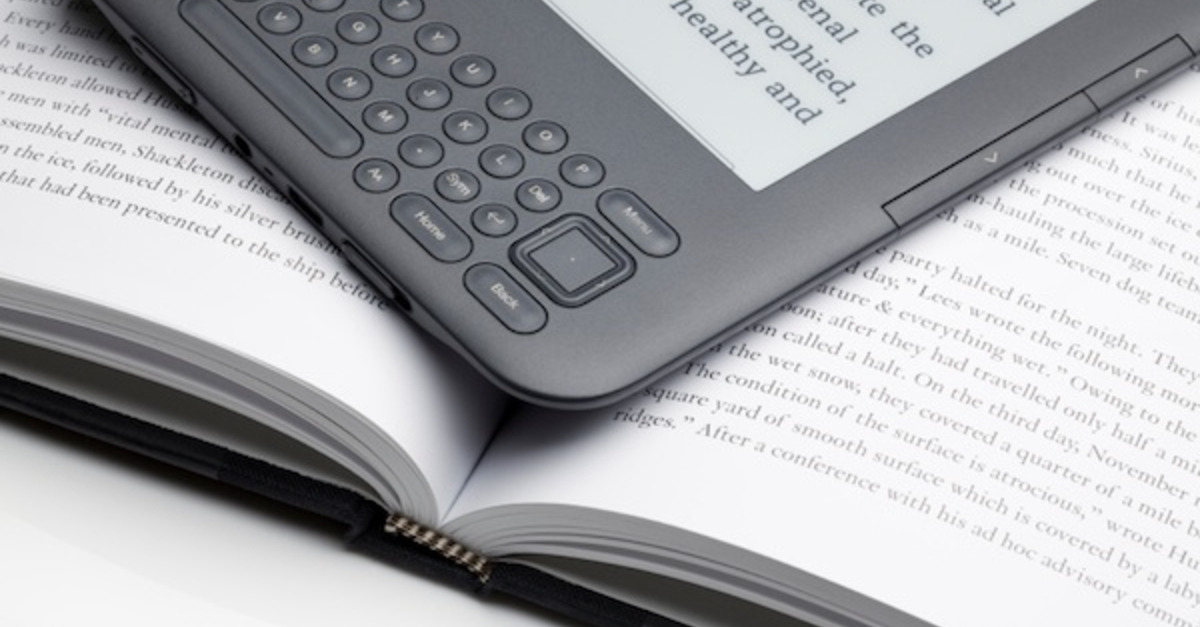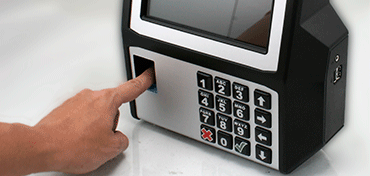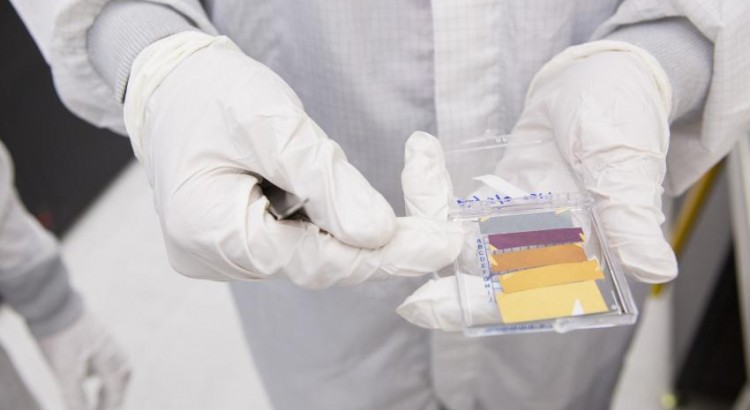Written by Allied Time.
Biometric time clocks allow HR departments to more accurately track their employees’ hours than traditional punch or card swipe time clocks. Employees can clock in and clock out using a unique physical characteristic – such as a fingerprint or facial recognition. This makes it impossible for friends to do “buddy punching” for them and almost completely eliminates the potential for fraud.
Employees can also benefit from the use of biometric time clocks. They never have to worry about remembering a password or losing a swipe card. All they need to do is quickly scan their fingerprint or other feature into the system and they are clocked in or out. They can quickly get in and out of work and feel confident that their hours are being recorded accurately.
Despite the benefits for employers and employees, some people are skeptical about the use of a biometric employee time clock. Some of this fear comes from misinformation or not understanding how these machines work. Here is a look at the real answers to some of the most common concerns about biometric time clocks:
Myth: Companies can use the information they collect to snoop on employees.
Fact: Biometric time clocks collect information in such a way that it would be impossible for a person to use this information to spy on another person. For example, when a fingerprint is scanned by a reader, the image of the fingerprint isn’t stored; it measures the distance between certain points on the fingerprint and stores this information as zeros and ones. There is no way to take this information and reconstruct it to show a person’s fingerprint.
Myth: Biometric time clocks are too expensive for most businesses.
Fact: Small businesses can benefit from biometric time clocks. By collecting and storing timekeeping information digitally and automatically importing this information into the timekeeping system, biometric time clocks significantly reduce the amount of time spent by HR and accounting employees on payroll. For small businesses, this means that these employees can focus on other projects.
Myth: Biometric time clocks don’t work in many environments such as places where there is a lot of dust, dirt and grease that can obscure fingerprints.
Fact: Many of today’s fingerprint time clocks are designed to work even in harsh environmental conditions. Some readers can even effectively scan the fingerprints of a person who is wearing a glove. In addition, devices such as facial recognition or retinal scan time clocks are not impacted by the environmental conditions.
———————————————————————————————-
Allied Time brings customers the most technologically-advanced time clock solutions on the market today at low prices. Visit their website to see their entire catalog of employee time clocks available for businesses of all sizes.







